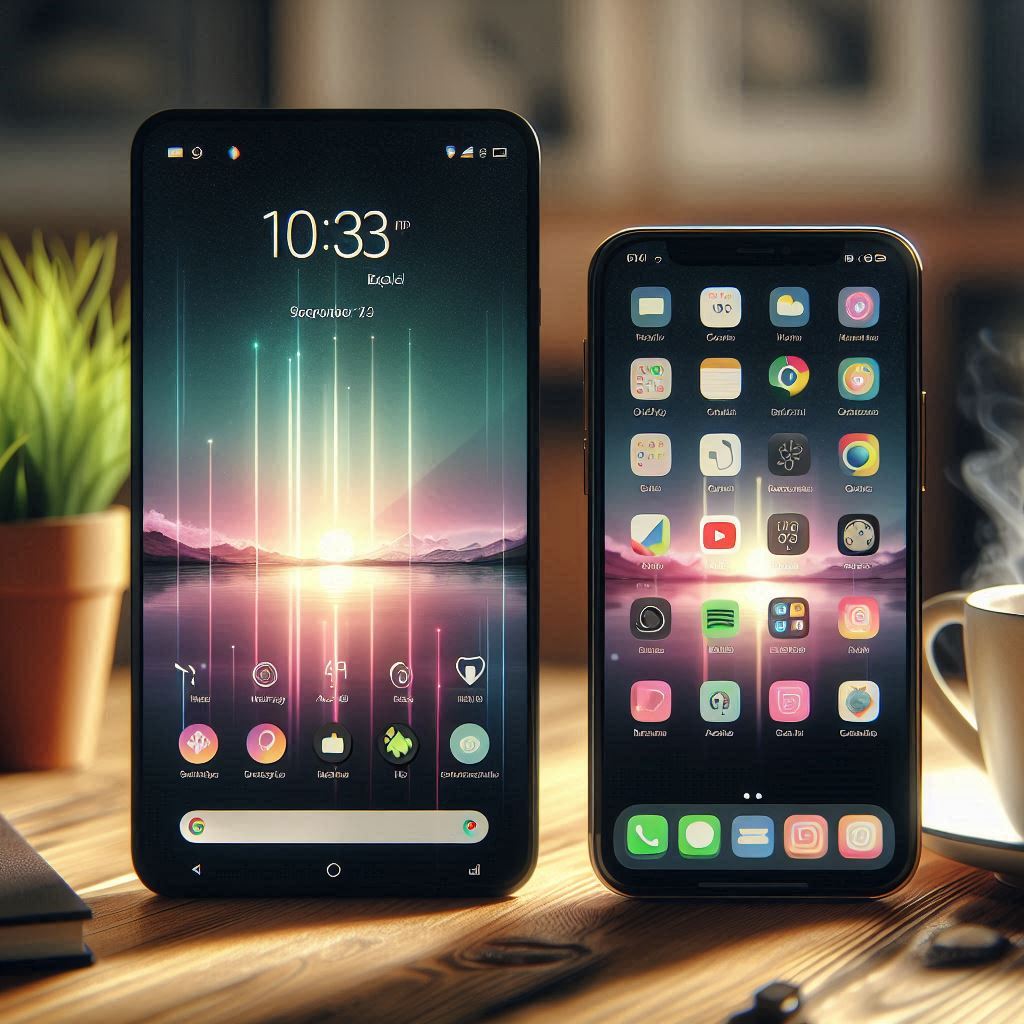Choosing the right smartphone can be a daunting task, given the vast array of options available in the market. Whether you’re upgrading your device or buying your first smartphone, making an informed decision is crucial to ensure that your new device meets your needs and preferences. This guide will walk you through the essential factors to consider when selecting a smartphone, helping you make a choice that you won’t regret.
Determine Your Budget
The first step in choosing a smartphone is determining your budget. Smartphones come in a wide range of prices, from budget-friendly models to high-end flagship devices. Setting a budget helps narrow down your options and ensures that you don’t overspend. Consider how much you’re willing to spend and look for devices that fall within that range while still offering the features you need.
Choose the Right Operating System
The operating system (OS) is one of the most important factors to consider when selecting a smartphone. The two most popular operating systems are Android and iOS.
- Android: Offers a wide range of devices from various manufacturers, allowing for more customization and flexibility. Android devices often come with expandable storage options and a variety of price points.
- iOS: Exclusive to Apple devices, known for its seamless integration with other Apple products, user-friendly interface, and timely software updates. iOS devices tend to have a more consistent and secure user experience.
Your choice of OS will significantly impact your overall smartphone experience, so consider which ecosystem you prefer and what features are most important to you.
Evaluate the Hardware
The hardware specifications of a smartphone determine its performance, camera quality, battery life, and overall usability. Here are some key hardware components to consider:
- Processor: The processor (or chipset) affects the phone’s speed and multitasking capabilities. High-end smartphones typically feature powerful processors that handle demanding tasks with ease.
- RAM: More RAM allows for better multitasking and smoother performance. Aim for at least 4GB of RAM for a decent experience, though 6GB or more is ideal for heavy users.
- Storage: Consider how much storage you need for apps, photos, videos, and other files. Look for devices with at least 64GB of internal storage, and check if the phone supports expandable storage via microSD cards.
- Battery Life: A larger battery capacity generally means longer battery life. Look for smartphones with batteries of 3,000mAh or higher, and consider user reviews regarding battery performance.
- Display: The screen size, resolution, and type (LCD, OLED) impact your viewing experience. Choose a display that offers good brightness, color accuracy, and resolution that suits your preferences.
Camera Quality
For many users, the camera is a crucial aspect of a smartphone. Modern smartphones often feature multiple camera lenses, including wide-angle, telephoto, and macro lenses. Consider the following factors when evaluating camera quality:
- Megapixels: While higher megapixels can mean better detail, the quality of the camera sensor and software processing is equally important.
- Aperture: A lower aperture value (e.g., f/1.8) allows more light to enter the camera, improving low-light performance.
- Additional Features: Look for features like optical image stabilization (OIS), 4K video recording, and advanced shooting modes (e.g., Night Mode, Portrait Mode).
Operating System Updates and Security
Regular software updates are important for the security and functionality of your smartphone. Check the manufacturer’s track record for providing timely OS updates and security patches. iOS devices typically receive updates for several years, while Android update policies vary by manufacturer.
Build Quality and Design
The build quality and design of a smartphone can affect its durability and comfort in hand. Consider the materials used (metal, glass, plastic) and the phone’s overall aesthetics. Additionally, think about whether you prefer a slim, lightweight device or a more robust, feature-packed phone.
Connectivity and Additional Features
Modern smartphones come with various connectivity options and additional features that can enhance your user experience:
- 5G Connectivity: If you want future-proofing and faster internet speeds, consider a smartphone with 5G capabilities.
- Dual SIM: Useful for those who need to manage two phone numbers on one device.
- Water and Dust Resistance: Look for IP ratings (e.g., IP68) for protection against water and dust.
- Biometric Security: Features like fingerprint scanners and facial recognition add an extra layer of security and convenience.
Brand Reputation and Customer Support
Consider the reputation of the brand and the quality of customer support they offer. Brands with a good track record for reliability, customer service, and after-sales support can make a significant difference in your overall experience.
Read Reviews and Compare Models
Before making a final decision, read reviews from trusted sources and compare different models. User reviews can provide insights into real-world performance and potential issues. Comparison tools and websites can help you weigh the pros and cons of different smartphones side by side.
Conclusion
Choosing the right smartphone involves careful consideration of your budget, preferred operating system, hardware specifications, camera quality, and additional features. By evaluating these factors and conducting thorough research, you can find a smartphone that perfectly fits your needs and enhances your daily life. Take your time, weigh your options, and make an informed decision to enjoy the best possible smartphone experience.
FAQs
What is the best smartphone for photography? What should I consider when choosing between Android and iOS? How important is RAM in a smartphone? What is the ideal battery capacity for a smartphone? Do I need a 5G smartphone?
